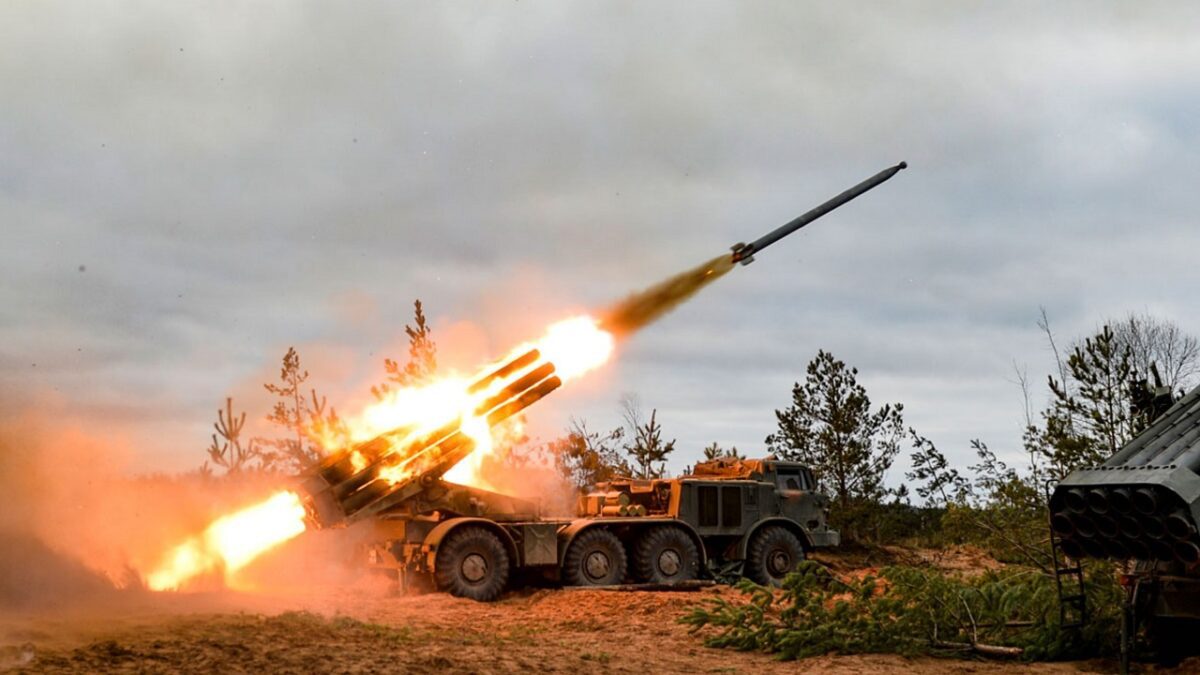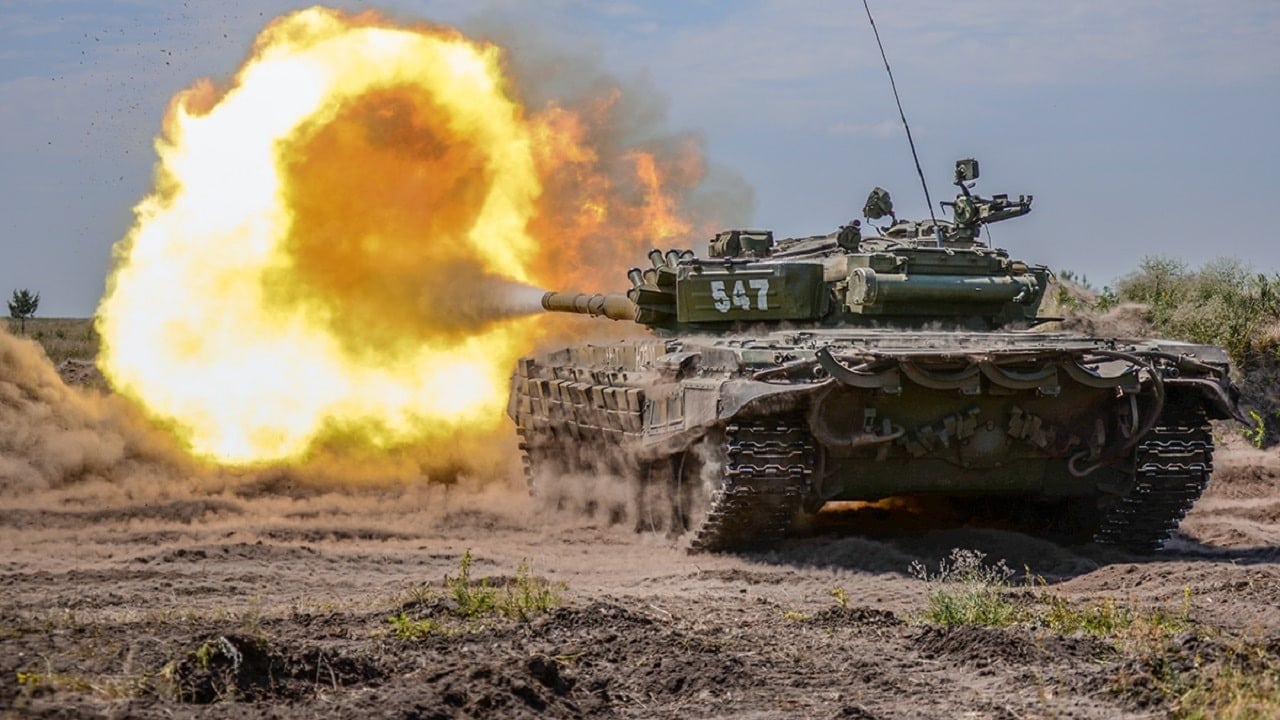Which analogies are we using to understand the Russia-Ukraine War? Yuen Khong’s pioneering work in Analogies at War described how policymakers tend to think in terms of analogies when faced with new international crises. We understand the world through stories as much as through data, and when faced with uncomfortable or unfamiliar situations policymakers tend to reach for stories that they understand.
The choice of analogy tends to reflect generational concerns (policymakers who came of age during World War II tend to favor Munich analogies, those who cut their teeth in the early Cold War tend to think in terms of the Cuban Missile Crisis, and so forth), but also the motivated bias of practitioners (people reach for analogies that suggest their endeavors may enjoy success). Other scholars have built upon Khong’s work; for example, Eric Mosinger runs through several World War II analogies that have informed Western thinking about the war since it began two months ago.
The Russians have purposefully attempted to activate analogic thinking by declaring that their purpose is to “denazify” the Ukrainian government, a claim intended to remind soldiers and civilians of the Second World War. The Ukrainians, for their part, have borrowed and repurposed other analogies from Soviet history, including the historic defense of Stalingrad. Analogies do not truly belong to anyone in a proprietary sense, it would seem.
One ready analogy remains the “Winter War,” waged between Russia and Finland in the winter of 1939-1940. As I discussed in a previous column, the Winter War offers a narrative of defiance in the face of overwhelming odds and a testament to what a small but dedicated country can accomplish when fighting tenaciously on the defensive. However, Russia won the Winter War; the Red Army picked itself up off the floor, rethought its approach, and recapitalized its forces, then undertook a war-winning offensive that not only pushed the Finns out of the disputed territory but threatened Finnish sovereignty. This analogy is surely attractive to the Russians at this point, not so much for the humiliating defeat part but rather for the recovery and resurgence bit. That Russia produced some 2800 tanks in 1940 to replace its losses and likely has not yet produced 28 tanks in 2022 suggests a degree of caution, however.
On the other hand, sits the Kerensky Offensive. In the late winter of 1917 revolutionaries overthrew the Romanov Dynasty, ending centuries of imperial rule and threatening to take Russia out of World War I. Heavy allied pressure immediately fell upon the new Provisional government, led by Alexander Kerensky, to continue the war and indeed to launch an offensive against the forces of the Central Powers. The offensive, launched in July 1917 and conducted in what is now Western Ukraine, was intended to replicate the success of the 1916 Brusilov Offensive (indeed, it was led by the same General Aleksei Brusilov) and reassure that British, French, and Americans of Russian commitment to the war.
Unfortunately for the Russians, while continuing the war still enjoyed some popular support, but the Imperial Army had been badly battered by three years of conflict and was in no mood to continue. Discipline, which had been brutal under the Czars, was in full collapse as reforms sharply reduced the latitude of officers. The Russian system of munitions supply was also nearing collapse because of industrial unrest and a lack of raw materials. The offensive was launched in late June but made only hesitant progress against German and Austro-Hungarian forces. Within two weeks the Germans had counter-attacked, erasing Russian gains and pushing Russians forces back beyond their starting points. By late July the army was in full collapse. The Germans advanced as rapidly as their logistics and the technology of 1917 would allow.
The analogy draws some support from stories of disaffection within the Russian ranks, but it bears mention that the Russian invasion of Ukraine has already outlasted the Kerensky Offensive by more than a month. Russian troops may have low morale, but evidence indicates they’re still better off than the beleaguered forces Brusilov had at his disposal in July 1917. Still, the idea that the Russian Army might simply collapse of its own weight is attractive to Ukrainians and to others who want to see Russia fail.

Russian troops fire rocket artillery during an exercise at the Luga training ground (Leningrad region), dedicated to Missile Troops and Artillery. Photo: Konstantin Morozov / mil.ru
This war is generating its own stories, which will eventually become narratives, which will eventually become analogies that will inform the behavior of future policymakers. The loss of Moskva will become a cautionary tale; Ukrainian heroism on the approaches to Kyiv will become a story of national virtue; the beleaguered defenders of Mariupol will become kinfolk of the final holdouts at Masada and the Alamo.
The visibility of the war, which continues to dominate foreign policy news around the world, will undoubtedly make it a touchstone for how people think about war and peace for decades to come.
Now a 1945 Contributing Editor, Dr. Robert Farley is a Senior Lecturer at the Patterson School at the University of Kentucky. Dr. Farley is the author of Grounded: The Case for Abolishing the United States Air Force (University Press of Kentucky, 2014), the Battleship Book (Wildside, 2016), and Patents for Power: Intellectual Property Law and the Diffusion of Military Technology (University of Chicago, 2020).

